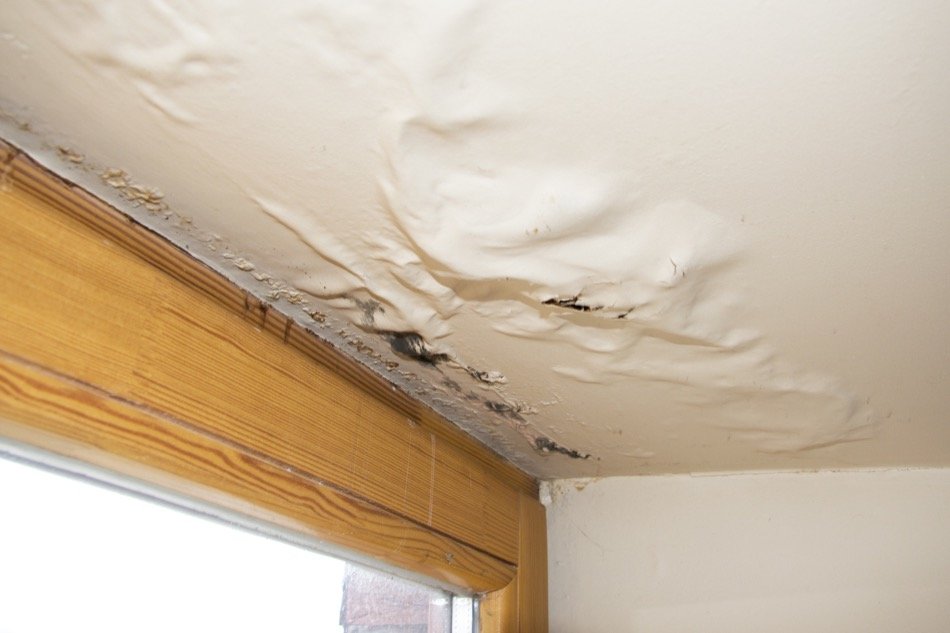Understanding Mould Remediation
Posted by Justin Havre on Friday, January 18th, 2019 at 10:53am.
 Mould can be a persistent concern for homes in humid regions or areas with a lot of precipitation. It often shows up in places homeowners cannot see, behind walls or under flooring. Prevention is key, as well as prompt attention to any sign of mould. Prolonged exposure to mould can create long-term health problems for families. With this information, homeowners will know how to determine if they have mould, things they can do to help eliminate it, and when to call a professional.
Mould can be a persistent concern for homes in humid regions or areas with a lot of precipitation. It often shows up in places homeowners cannot see, behind walls or under flooring. Prevention is key, as well as prompt attention to any sign of mould. Prolonged exposure to mould can create long-term health problems for families. With this information, homeowners will know how to determine if they have mould, things they can do to help eliminate it, and when to call a professional.
Common Sources of Mould
Mould is a growth that happens in buildings without adequate moisture control. It thrives in a dark, damp environment. Homeowners can watch out for more obvious symptoms of mould growth:
- musty odours
- leaks in the basement, roof, or exterior walls
- signs of water damage on walls or ceilings
- black, blue, or green patches in corners of rooms
- allergic reactions, breathing difficulties, or other health problems common to mould exposure
Once people suspect they have mould, they need to act quickly. Mould can continue to spread until it is removed.
Treating Mould in the Home
The first thing homeowners need to do when they identify the mould is to try to find the water source. This may come as a result of problems, such as:
- previous water damage
- heavy rains or snowfall with a leaky roof
- poor ventilation in the kitchen, bathrooms, or basement
When people explore the house, they should wear protective eyewear, gloves, and masks to minimize exposure.
By the time the mould is visible to residents, there is a chance that the problem is much worse in hidden areas of the home. Ventilation through the home's HVAC system can be helpful to dry out the area. People should confirm that the ductwork is not contaminated with mould before using it, because they could inadvertently spread the spores. Vacuuming soft things with a HEPA filter can provide effective cleaning, if those materials only have mould on the surface. Wiping or scrubbing hard surfaces with an appropriate cleanser may kill the mould.
When to Call a Professional
Homeowners may be able to remediate a mold infestation on their own if it's a small infestation. The larger the area, the more likely it is that people will need to call in someone trained in mould remediation. Experts suggest that if the area is larger than one square metre, residents should research proper procedures before carrying out any mould remediation. Larger than four square metres calls for professional services. Homeowners may also need to arrange for home renovations such as drywall or flooring replacement.
Mould Prevention
Since mould can take time and money to remove, most homeowners find it easier to prevent mould from appearing in the first place. People can reduce their risk of mould by keeping their new Gleneagles homes relatively dry. Rooms that produce or accumulate moisture need adequate ventilation. Residents should know how to use the ventilation, and make it a consistent part of their daily routines. Cleaning up spills and sealing leaks may better ensure that mould cannot thrive in the space.
Mould is a common problem that can create a lot of havoc for homeowners once it starts to grow. Practicing prevention by reducing moisture is the best way forward, as well as proper action once mould becomes apparent. By keeping their eyes open for the possible signs, homeowners may save themselves a lot of stress.
